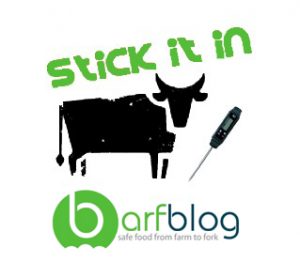I watched our veterinarian stick a thermometer into the ass of our cat(s) the other day while they were getting vaccinated for feline immunodeficiency virus (because they’ve now become outside roaming cats).
The UK Food Standards Agency is bragging that one of its own, Steve Wearne, got elected to the Codex Alimentarius Commission as vice-chair.
That’s an impressive bureaucratic achievement.
UK Food Minister George Eustice bubbled that, “The appointment of Steve Wearne to this important leadership role is testament to the strength and reputation of the UK’s food quality and safety standards.
“This is a great opportunity to bring the UK’s renowned expertise to the table as the committee continues to pioneer global policy for food safety – increasing consumer confidence in the food we eat around the world.”
Heather Hancock, Chairman of the FSA said: ‘Steve’s appointment is a real vote of confidence in the UK’s leadership in modern, accountable food regulation. I’m delighted that he and the FSA will be taking such a significant role in setting the standards for food globally.’
This is an agency that ignores science and continues to tell consumers to cook things until they are piping hot, apparently because consumers are too low on the British caste system to understand how a thermometer works.
My cats know how thermometers work.




